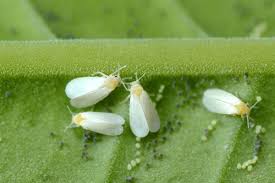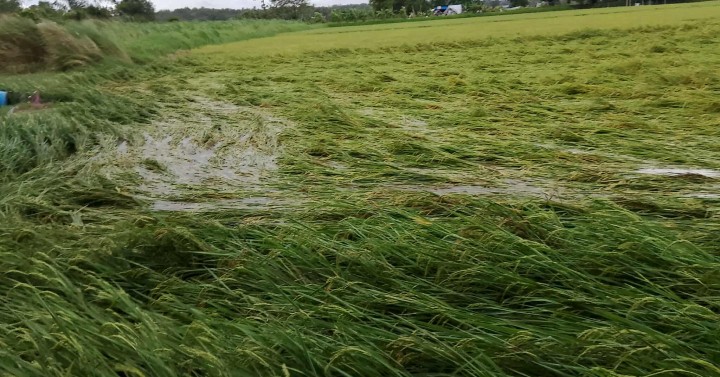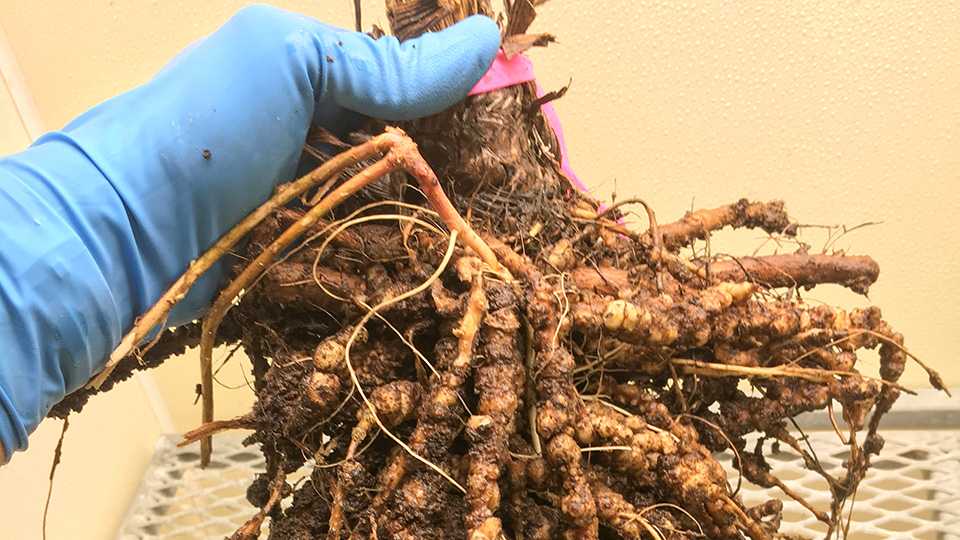Facing a fast-building pest threat that could devastate local melon fields, the Imperial County Board of Supervisors on Tuesday approved extending an emergency declaration to combat the sweetpotato whitefly.
The declaration, requested by Agricultural Commissioner Jolene Dessert, allows growers temporary access to neonicotinoid pesticides, which state regulations significantly restricted earlier this year. The sweetpotato whitefly, also known as the silverleaf whitefly, has a decades-long history of inflicting massive economic damage, including an estimated $500 million in California losses since 1991. County officials warned that without quick intervention, this season’s melon crops, valued at more than $63 million in 2024, could suffer catastrophic impacts.
Whiteflies feed by extracting plant sap in enormous quantities, which weakens crop vigor, causes desiccation and spreads sooty mold that can render fruit unmarketable. Though current trap counts remain relatively low, University of California agricultural advisers told the county that whitefly populations can explode with little warning under the right conditions. Their preferred host plants are melons, squash, broccoli, cabbage, cotton and numerous ornamentals which are abundant across the Imperial Valley, which has historically made the region a hotspot for outbreaks.
Dessert emphasized that emergency action was necessary because January 2024 state regulations severely curtailed neonicotinoid use, a key tool against whiteflies. Under 3CCR section 6990(c)(2), those restrictions can be temporarily lifted only during a formally declared local emergency. Without that exemption, local pest control advisers say growers would be left with weaker tools, risking pesticide-resistant insects and widespread crop failure.
“This exemption would really help out the production of our melon crops and other crops as well,” said local pest control adviser Kenny Hughs, who addressed the board. “At the end of the day, it leads to us using less pesticides and protecting our pollinators, so I would greatly appreciate it.”
Why Whitefly Outbreaks Are So Dangerous
Sweetpotato whitefly populations are known for sudden, explosive growth, sometimes multiplying to damaging levels in just a few warm weeks. With whiteflies already persistent in the southern desert regions of Imperial, Palo Verde and Coachella valleys, UC advisers warned the county that keeping neonicotinoids available is crucial for preventing outbreaks before they begin.
Research shows that once infestations escalate, growers face significant yield loss, increased input costs, and fruit that cannot be sold due to mold, blemishes, or stunted growth. Whitefly outbreaks in the 1990s devastated melon growers, prompting strict monitoring programs still used today.
The emergency declaration ensures the county can move quickly if whitefly counts surge, allowing soil applications of imidacloprid or thiamethoxam at planting — methods UC advisers say are among the most effective for early-season control. The declaration also requires growers to obtain written recommendations from a licensed pest control adviser and keep those records for at least two years.
Supervisors Unanimously Support Emergency Action
Board Chair John Hawk thanked pest control adviser Hughs for bringing forward the field-level perspective, saying, “We appreciate your hard work and the update on this issue.”
The resolution authorizes the Agricultural Commissioner, in coordination with the county’s Director of Emergency Services, to take any necessary actions permitted under state law to prevent crop loss. The emergency will remain in effect for 60 days unless extended by the Board.
As Dessert wrote in her request to the board, “The full scope of potential damage cannot be precisely determined at this time but can be mitigated in part if immediate action is taken on an emergency basis.”
Source - https://calexicochronicle.com













